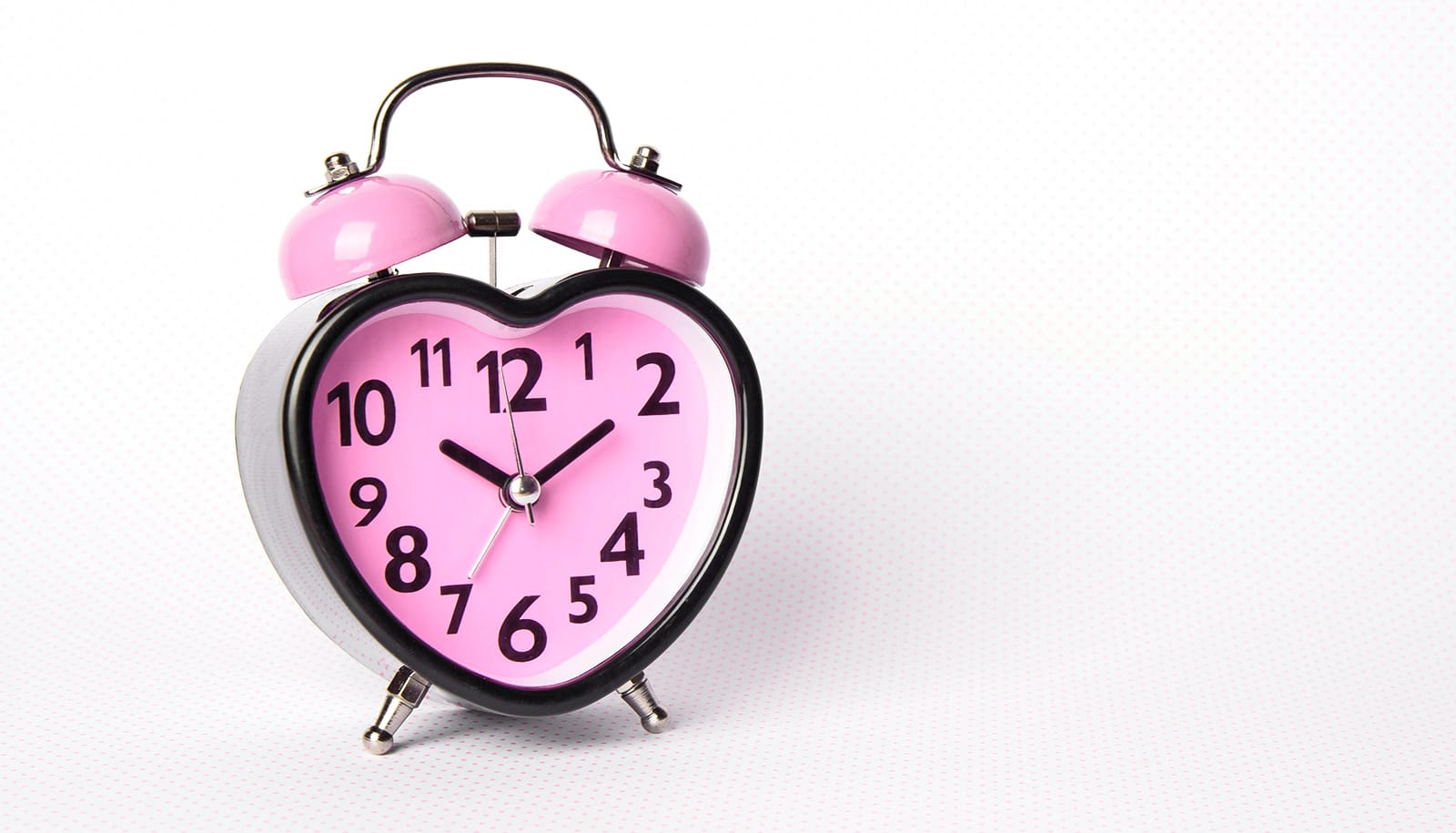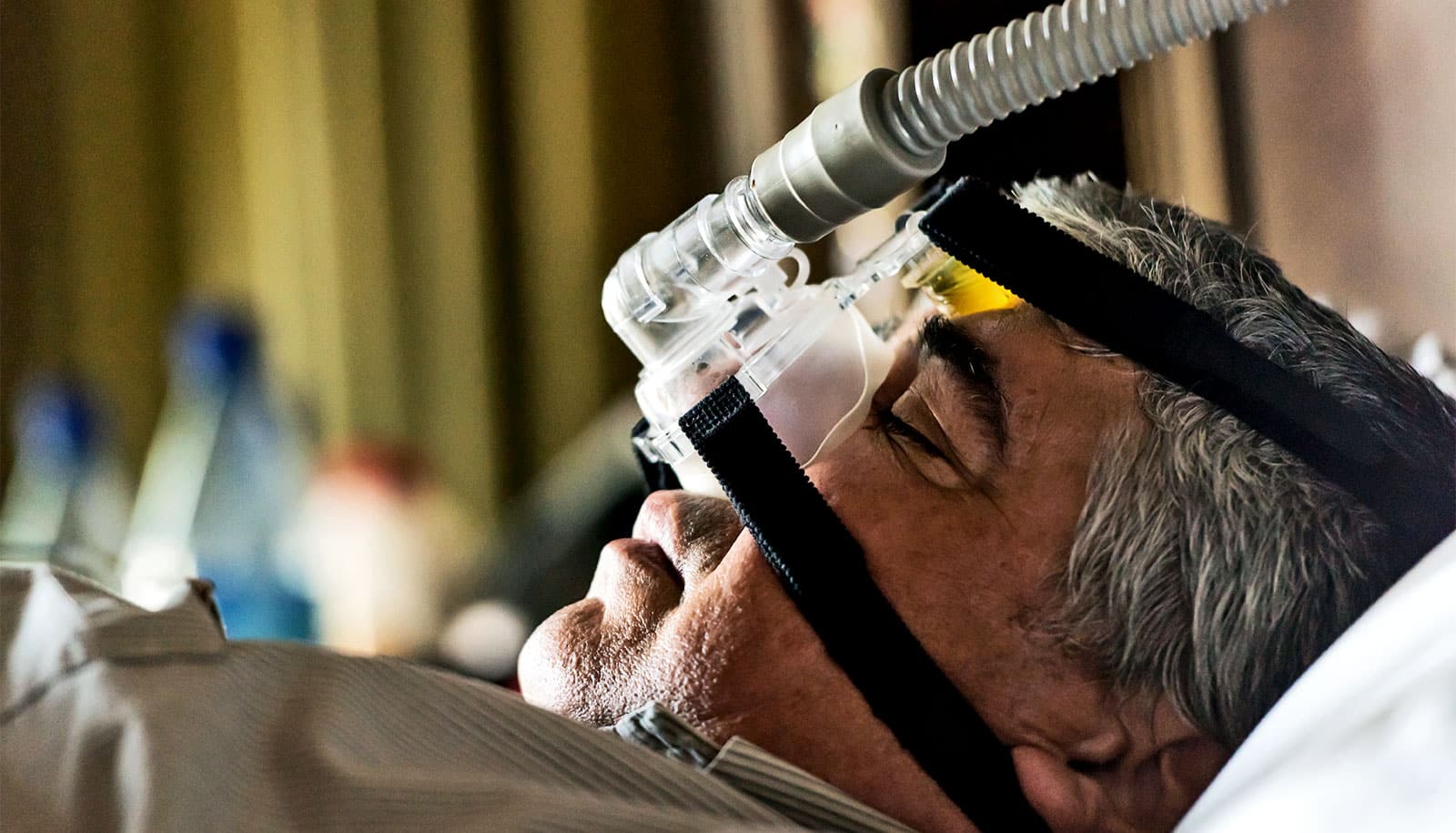Testing for a form of low blood pressure that causes dizziness or fainting should occur within a minute after a person stands up from a lying position, not after three minutes as now recommended, a study suggests.
“Our findings suggest that a blood pressure assessment within the first minute is a better way to assess health risks due to orthostatic hypotension and that waiting three minutes might miss at-risk status,” says Stephen Juraschek, a fellow at the Johns Hopkins University School of Medicine and the study’s lead author.
The paper, published in JAMA Internal Medicine, suggests a revision of guidelines in place since the late 1990s.
Orthostatic hypotension, sometimes called postural hypotension, is a common medical condition in older adults, marked by dizziness, lightheadedness, and even fainting when they stand up.
A person is diagnosed with OH when systolic blood pressure (the top number in a blood pressure reading) drops by at least 20 during transition from lying down to standing up, or when diastolic blood pressure (the bottom reading) drops by at least 10.
While a healthy person’s blood pressure will return to normal readings almost immediately after the change in position, blood pressure for people with OH will linger at lower values for a while. Although sometimes related to medication side effects, anemia or dehydration, the cause of OH in many cases is unknown. The condition may increase risk of falls and strokes, which can be lethal.
The three-minute measurement became standard after a review of studies and a consensus statement from the American Academy of Neurology in the late 1990s. The statement was reissued in 2011. In practice, however, clinicians often do not wait three minutes to measure blood pressure due to lack of time, Juraschek says.
To learn whether waiting three minutes made any difference in risk assessment, Juraschek and his team analyzed blood pressure data on people 45 to 64, gathered by the Atherosclerosis Risk in Communities Study from 1987 to 1989.
The researchers focused on data taken from 11,429 participants who had at least four orthostatic hypotension measurements over time, and looked for any links between measurement times and a history of falls, fractures, fainting, and car crashes, all identified through participants’ hospitalizations and related Medicare and Medicaid claims data from 1991 to 2013.
The study also looked at measurement times in association with death, determined based on hospital discharge records, coroner reports, the National Death Index and next-of-kin interviews.
The researchers found that blood pressure checks meeting OH thresholds and taken within 30 seconds of standing were associated with the highest rates of fracture, fainting, and death. Measurements within 30 seconds were also associated with the most self-reported dizziness. Measurements taken within one minute were associated with the highest rate of falls and car crashes.
“If someone comes into the clinic with dizziness, we try to assess his/her risk of falling or other consequences of dizziness in the future,” says Juraschek. “These results show that assessing OH within the first minute not only is OK, but also makes a lot of sense because it’s more predictive of future falls.”
Painless treatment could one day ease dizziness
Current treatments for chronic OH include physical therapy to improve balance, lifestyle changes including drinking more fluid and eating smaller meals, altering the environment (such as using grip bars), coaching patients how to safely stand up, and changing or stopping medications, especially sedatives or certain antidepressants, that are thought to be associated with OH.
Involved with Juraschek in the study were scientists from Johns Hopkins, the University of Mississippi, and the University of North Carolina at Chapel Hill. Funding came from the National Institute of Diabetes and Digestive and Kidney Diseases and by the National Heart, Lung and Blood Institute.
Source: Johns Hopkins University



